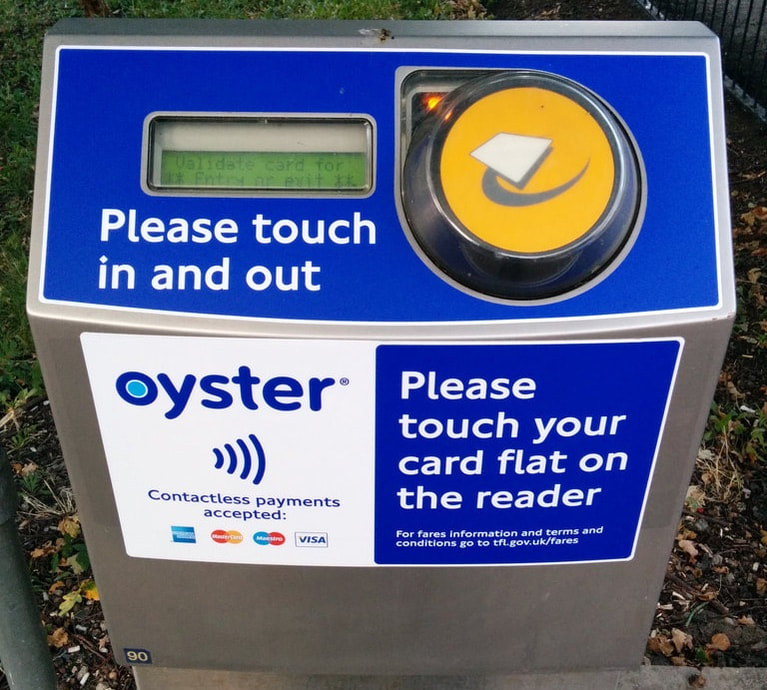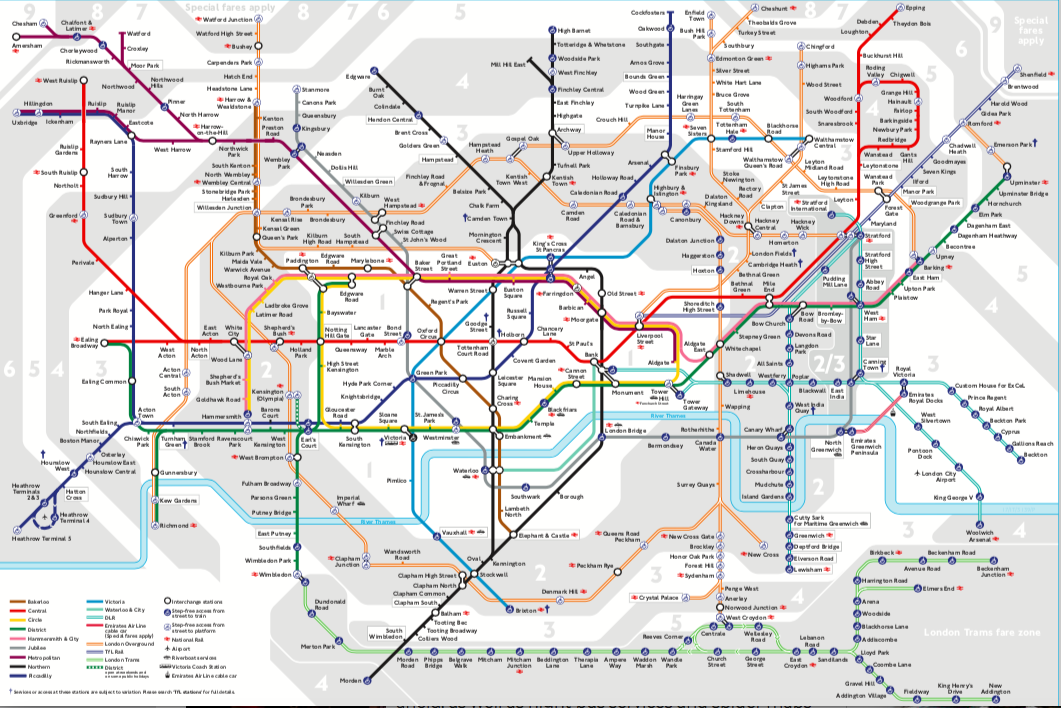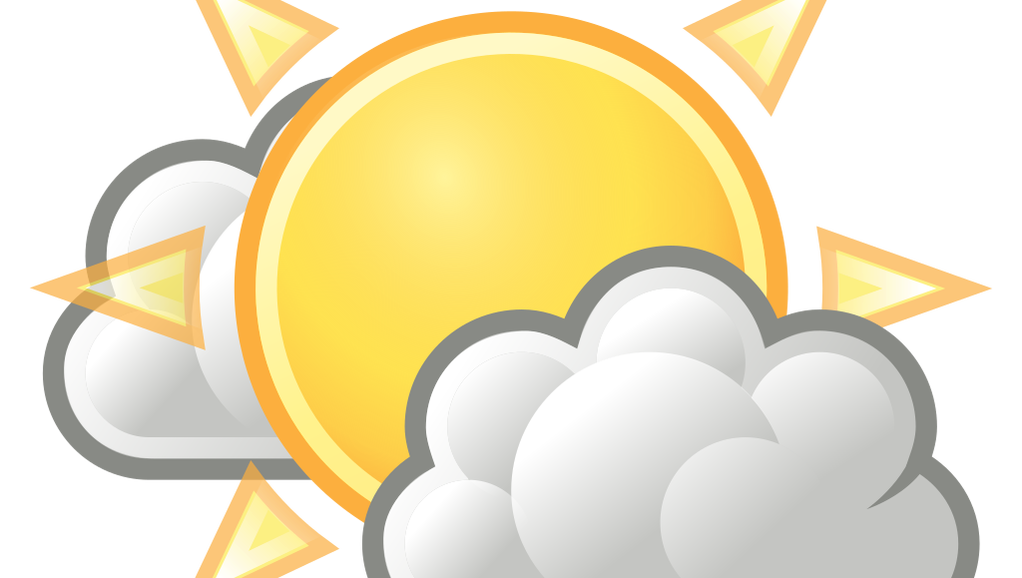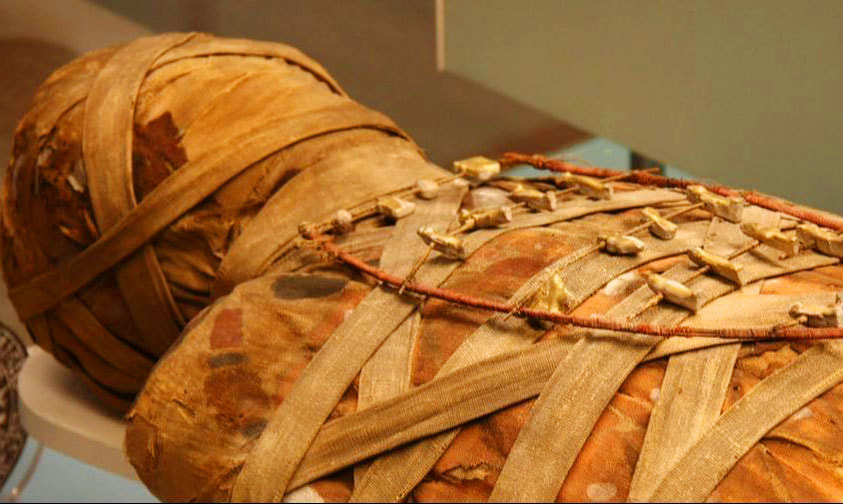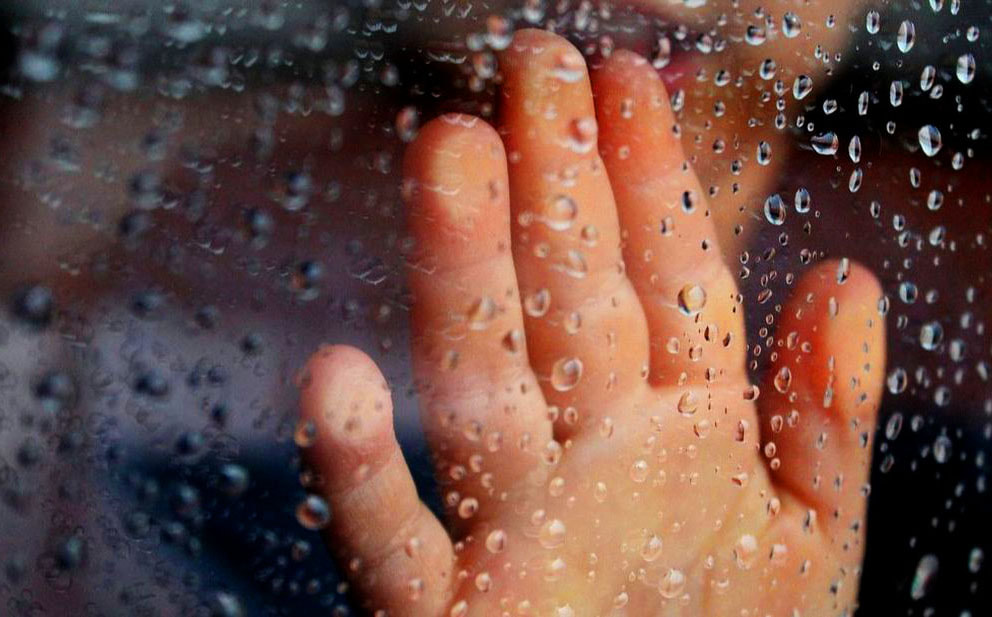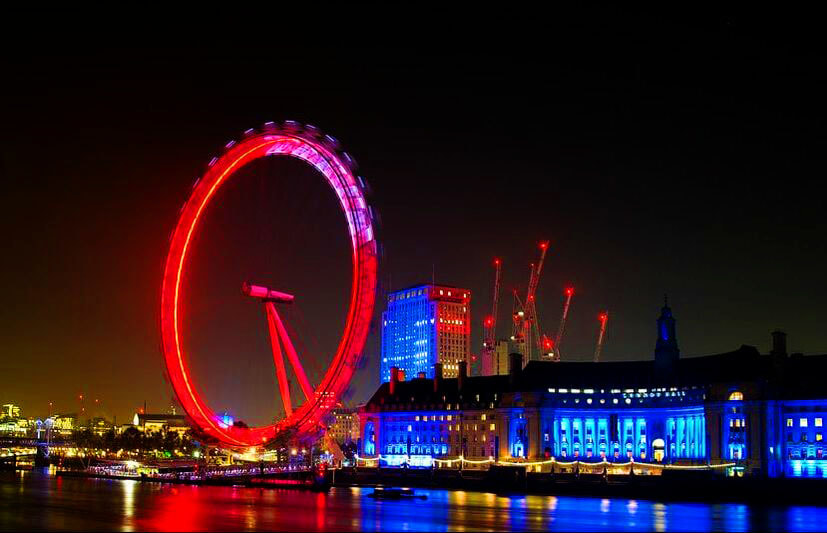Tips & Useful Information
Tips and useful information London gives you the lowdown on what you can do in the city. It offers practical advice not seen within the pages of an official travel brochure. In fact, details such as these are often kept out of publication. Thus, tourists are left to their own devices to make heads or tails of their itinerary.
When this happens then you could end up spending too much. Moreover, you could miss out on rare London attractions known only to locals as well as a select number of tourists. No self-respecting traveler would want to miss the big things while on their vacation especially if their trip to London is a once in a lifetime occasion. So, to make sure your London trip does not go to waste, we offer some tips and useful information to guarantee you make the most of your trip.
When this happens then you could end up spending too much. Moreover, you could miss out on rare London attractions known only to locals as well as a select number of tourists. No self-respecting traveler would want to miss the big things while on their vacation especially if their trip to London is a once in a lifetime occasion. So, to make sure your London trip does not go to waste, we offer some tips and useful information to guarantee you make the most of your trip.
|
Transport
You can buy this Oyster Card from a train station or from news agents. Contactless payment cards are also accepted. Remember to tap in and out of the yellow card readers. Otherwise, you will be charged more than the actual cost of your fare. .Always stand on the right when using the escalators at Tube stations. .Hire a bike for as little as £2. .Bus travel is the cheapest way of getting around. It also provides plenty of sightseeing opportunities. -London's double-decker buses .Only accept Oyster Cards. .Single London bus fare = £1.50 .Simply place your Visitor Oyster card on the yellow card reader to pay. -Bus and tram pass prices (Standard adult fares) .£4.50 per day .:£21.20 for one week. .Children under age 11 are fare-free on buses and trams. .Bus travel is free for wheelchair users. .Buses only stop at designated bus stops. They do not stop on request between bus stops. -Night buses .Night bus services start when the Tube closes. .London bus routes run for 24 hours. .London buses are low-floor vehicles except heritage Routemaster buses. .These regular bus routes are good for sightseeing - 9, 14, 15 and 22. The New Route master bus is featured in the James Bond film Skyfall which runs on routes 8, 9, 10, 11, 24, 38, 148 and 390. -London is served by 11 Tube lines which run between 5am and midnight, Monday to Saturday, with reduced operating hours on Sunday. .Zone 1 is in Central London and zones 6 to 9 are on the outskirts of the city. .12 lines can get you to most places in the centre of the city quickly. .Tube fare - £2.40 with Visitor Oyster card. Tube rush hours are 7am-9am and 5.30pm-7pm. .DLR is the easiest way to reach a number of attractions in East London. The DLR connects with a number of the other train services (including connections at Tower Hill or Bank Stations) and can be used to reach Greenwich, Canary Wharf, and Stratford. -Routemaster red bus heritage routes To experience the "heritage routes", ride on an old Routemaster red London bus - a design icon synonymous with London - and use the number 15 bus from Trafalgar Square to Tower Hill. Standard fares apply on the historic route. Bus Passes, Travelcards, Freedom Passes, ENCTS free passes and Oyster cards are accepted. -Black Taxis in London are quite expensive. Also known as black cabs to the locals, these taxis are extremely expensive. unless your not fussed about paying these prices order an Uber taxi online. River Services .The faster commuter services operate all day from Greenwich Pier to Embankment and from Putney and Chelsea Harbour to Blackfriars during Peak Hours only. .Cruise options are available. .Travelcards will get you a discount off the price of the Riverboat services. .Download the Central London Bus Map. .Download the Tube Map London Underground app to see how your line runs and where to transfer.
. Avoid traveling during rush hours The busiest times to travel in London are between the hours of 8:00 AM to 9:30 AM in the morning and at 4:30 PM to 6:30 PM. Avoid the city streets during these hours so you will not get stressed waiting in long lines. Apart from these hours, you should be able to travel around the city with ease for the rest of the day. .All prices are from 2017 and usually increase by 2-4% each year. Money Saving
. Visit our Free Things To Do page to save on a great deal of attractions. London has a host of amazing free attractions and landmarks that you can visit without spending a penny. These include top art galleries and museums including Tate Modern, National Gallery and British Museum, the Southbank Centre art complex and outdoor spaces such as Hyde Park and Hampstead Heath. . Get the London Pass Getting a London pass will save you tons of money when you visit any of the 60 plus attractions on its list. Check out their website for information on all the places you can gain free access and fast-track entry to with this card. Changing Foreign Currency If you are planning to change your currency in the UK we strongly recommend you to check what the exchange rate is in your own country before your visit to avoid losing large amounts of money due to poor exchange rates. Due to London being so expensive, it is likely you would get a better rate from other countries. If you're coming from a country that has generally cheaper living costs, then you are almost guaranteed to get better exchange rates there. .Some international banks may offer free withdrawals from their ATMs worldwide like CITIBANK and HSBC. .Avoid airport and hotel currency exchanges. ..Cheap eats Street food has become a very popular social phenomenon found in the best food trucks in London. Look out for chain restaurants, buffets and traditional cafes. Eat at a food market. Great dishes and freshly prepared gourmet food - which range from £4 to £8 - can be had at Borough Market, Maltby Street Market, Mercato Metropolitano and more. Food & drinks are a lot cheaper in drugstores and supermarkets. .Visitor Oyster cards and contactless payment cards offer the cheapest ways to travel in London. Using a Visitor Oyster Card is more than 50% cheaper than buying one-day paper Travelcards or single tickets with cash. .Visit the markets. London has several famous markets, including Camden market and the Borough market - just some of the local shopping destinations that have great bargains. It's also a great day out, with plenty to see and experience. .Travel Off Peak Another way to save money when visiting London is to travel at off-peak times. Travelling outside peak hours means you will only be charged an off-peak rate which is usually a lot cheaper. Time saving
. Stay nearby If you're going to London and are planning to stay for only a few days, then try to find accommodation near the area you want to explore. If possible, choose a place that has easy access to most attractions on your list. Doing so can save you a lot of time and allow you to explore the city efficiently. Bear in mind, transportation around London can take hours. The last thing you want is to waste your time seated in a taxi or bus or queuing in the lines for the trains. . Make a plan Planning your London itinerary guarantees you can manage your time well while you are here. Take into account the travel time to certain numerous attractions. Doing so can make traveling from one point to another easier and faster. Weather
Seasons: Winter: December to February - 2 to 8°C (36 to 43°F). Winter is the UK's coldest season, with freezing temperatures and occational snow. Generally snow in central London is uncommon in winter. Temperatures in winter max out at 8°C during the day and 2°C at night. Spring: March to May - 11° to 15°C (52 to 59°F). Spring is a time for sudden rain showers, blossoming trees and flowering plants. By early March there will be buds on the trees and the first stirrings of change. By May, days are long and temperatures are starting to average close to 20°C. Summer: June to August - 18°C plus (64°F) Summer is the UK's warmest season, with long sunny days, occasional thunderstorms. July averages maximum temperatures of 25°C, and with 10 - 15 hours of sunshine per day. Autumn: September to November - 11° to 15°C (52 to 59°F) Expect mild and dry or wet and windy weather. Walking tour
A walking tour of London offers a practical way to enjoy the city. It is a good idea if you want to avoid the hassle of rush hour traffic. You also get good exercise at the same time. Touring London on foot should not cost you a penny. You can join a guided walk accompanied by an expert whose knowledge can make your tour more interesting. .The most well-known tour - Sandeman’s New London - runs twice daily. Tours start at 11 am and 1 pm from Hyde Park Corner. | |||||||||



